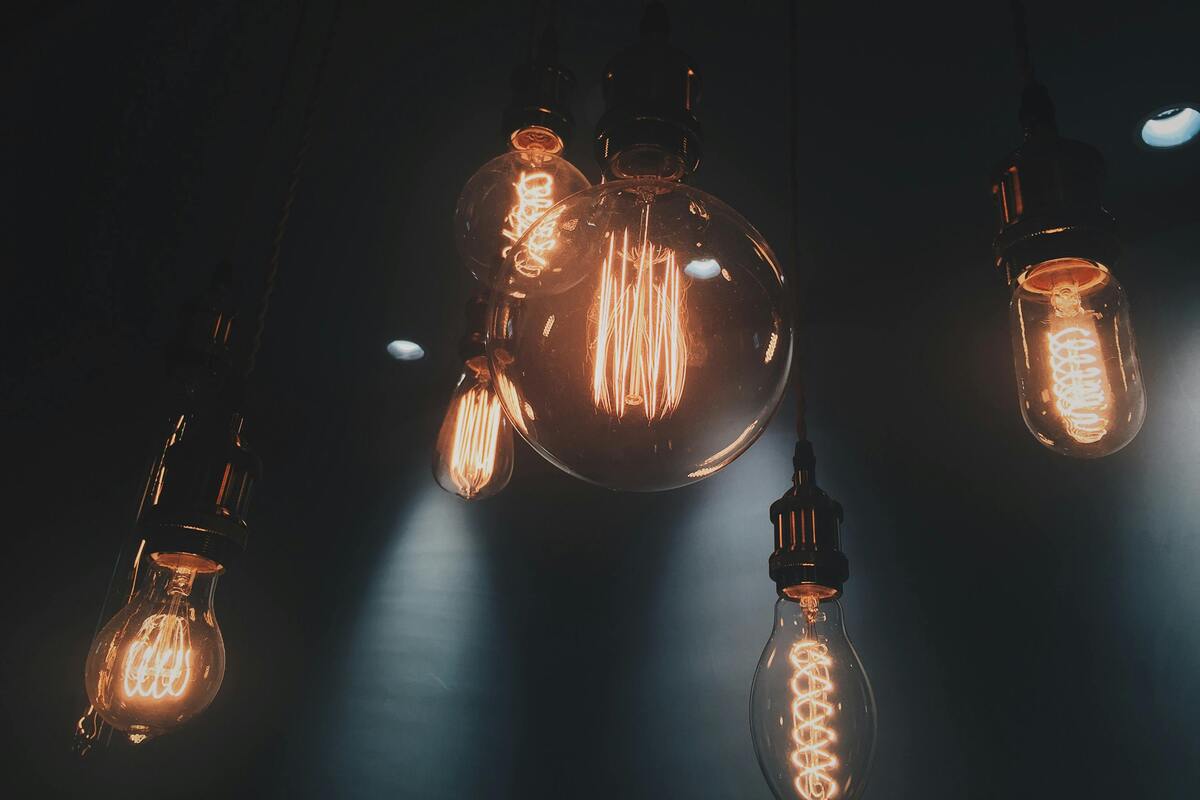Stand lighting isn´t just a simple decorative item. It's a potent tool that allows you to play with what you want to convey at an event. It allows you to create certain atmospheres, direct viewers' attention, and enhance the client's experience.
When a stand is designed, one tends to focus on architecture, materials, graphic design, or interactive content.... and it's common for lighting to be an afterthought or to be forgotten. But the difference between a stand that grabs a client's attention or goes unnoticed is due, in large part, to lighting.
Lighting, or lack thereof, can greatly impact brand perception, the time they spend at the stand, and the client's general interest in the stand. That's precisely why it shouldn´t be considered just a decorative add-on, but a strategic tool. When done well, lighting defines pathways, creates atmospheres, and reinforces messages. When poorly done, it could turn an attractive stand into one that goes unnoticed.
This approach is part of new TRENDS IN STAND DESIGN, where technical and emotional strategies are combined to create vibrant spaces that connect with the audience.
Illuminating a stand isn't just “giving it light.”
When lighting a space, don't just look for visibility. It's about generating feelings, adding to the aesthetic proposal, and most of all, reinforcing the concept of the event.
For example, a brand that is positioned as sustainable will probably need soft, warm, and natural lighting. On the other hand, a tech company might be better off using cold lighting, contrasts, blue LED lights, or backlit screens.
Many ORIGINAL IDEAS FOR YOUR NEXT TRADE SHOW STAND, choose a narrative that is accompanied by lighting that reinforces storytelling. Not as something that is “just nice to look at” but as part of a thought-out experience for the client.
Types of most effective lighting at events
General lighting
This is the base on which everything is built. It must be functional, uniform, and if possible adaptable. In modular or reusable stands, it's ideal for this lighting to be able to be regulated in intensity or temperature, depending on the venue.
Focal lighting
Used to highlight a product. A specific corner, counter, or demo. What's important is to create visual hierarchies and guide the customers' eyes to where they need to be. This can be achieved with light sources or rail lighting systems.
Ambiance or decorative lighting
This is the lighting that allows for most experimentation; it includes indirect lighting, dynamic lighting, backlit screens, or even scenery lighting that reinforces the atmosphere. In many cases, this type of lighting is adjusted to the emotion we want the stand to convey.
Mistakes that happen more often than you think
It's common to see stands that, due toa lack of planning, make mistakes such as:
- Lighting all points in the stand in the same way, without highlighting particular areas.
- Using light that is too intense or misdirected can cause glare.
- Not lighting key components of the stand, such as the logo or claim.
- Not foreseeing where natural light could come in during the event.
These can seem like minor errors, but these types of mistakes take away from the perceived value of the whole project. The client might not be able to tell what is wrong exactly, but they can perceive that something is off. And that has a direct influence on how they interact with the brand.
Conclusion
A well-lit stand doesn't need doesn't necessarily have to be the star of the show, but it does have to be understood. Lighting guides the eye, creating an ambiance, and reinforces the important points. That's why it's not just a detail; it's a strategic piece.
On the day of the event, everything is fast-paced and there are thousands of stands competing for the client's attention. Being meticulous with these types of details can make a difference.






